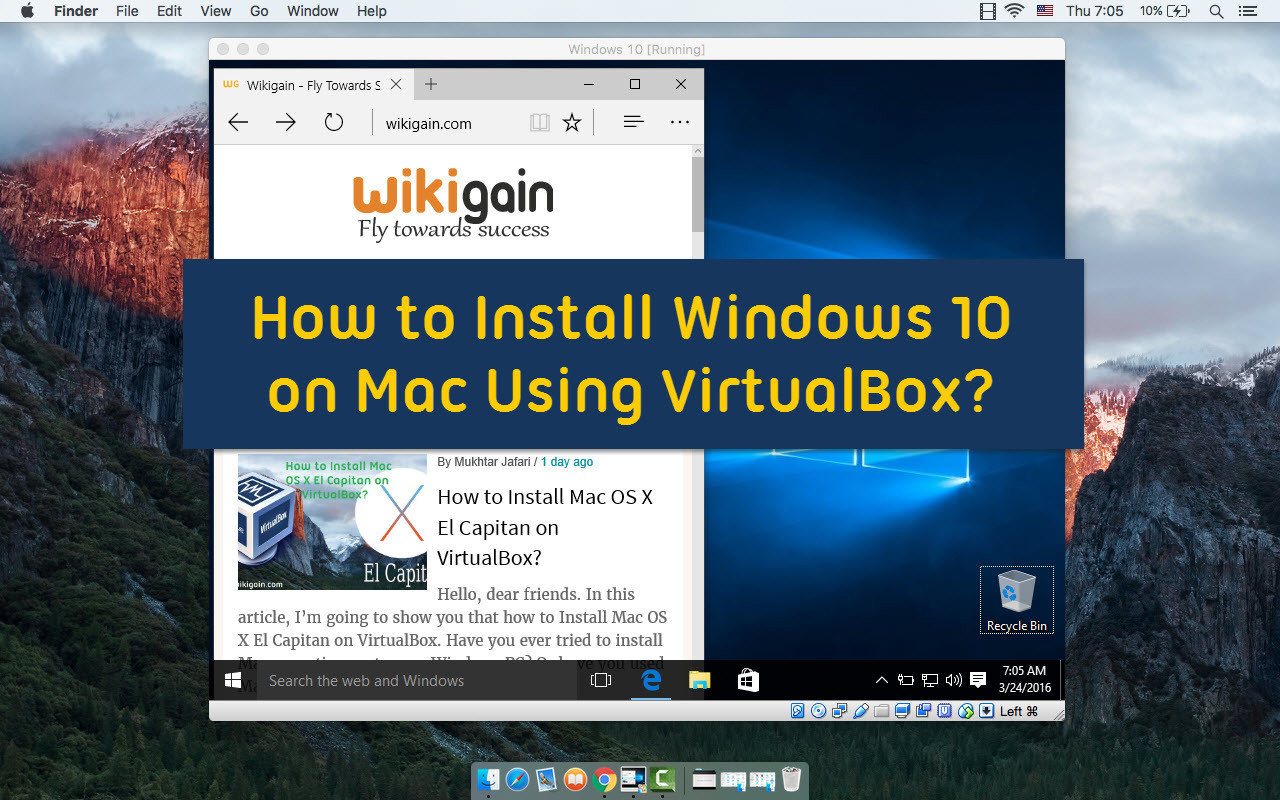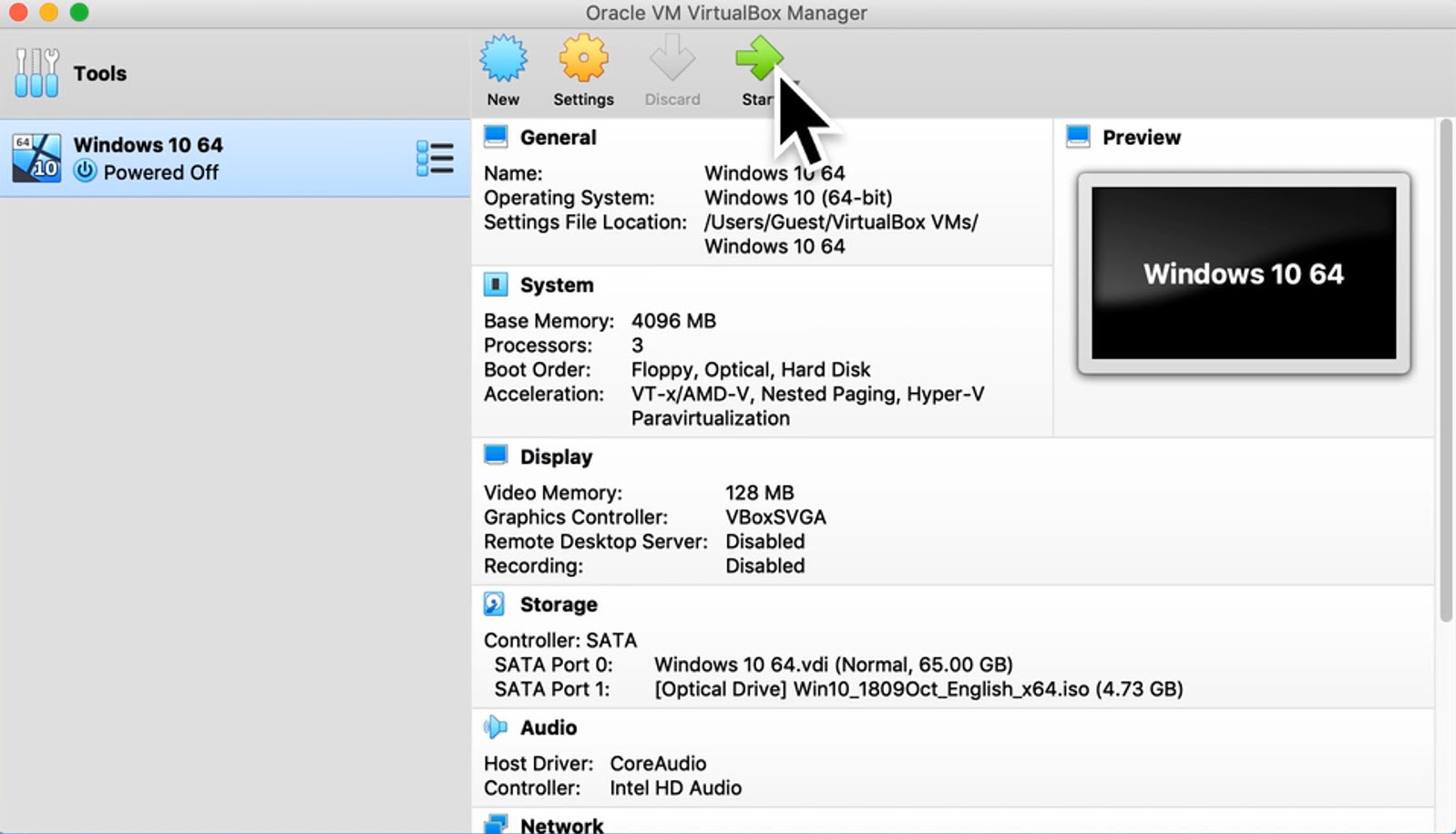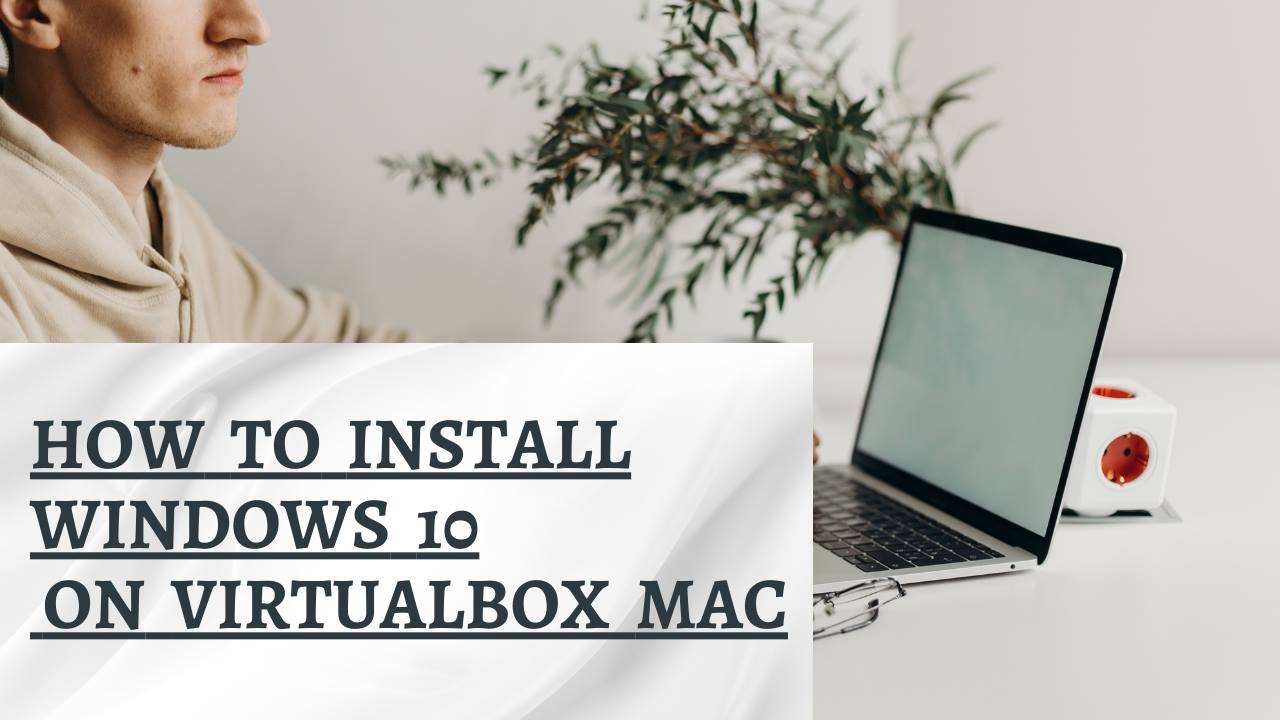

Step 5: Start Clean Installation of macOS Ventura Then copy and paste the codes mentioned above to the command prompt.Įverything was done till here in VirtualBox with the new virtual machine is ready to install macOS Ventura.Next, open the Command Prompt and Run as administrator.VBoxManage setextradata “macOS Ventura” “VBoxInternal/Devices/smc/0/Config/GetKeyFromRealSMC” 1 VBoxManage setextradata “macOS Ventura” “VBoxInternal/Devices/smc/0/Config/DeviceKey” “ourhardworkbythesewordsguardedpleasedontsteal(c)AppleComputerInc” VBoxManage setextradata “macOS Ventura” “VBoxInternal/Devices/efi/0/Config/DmiBoardProduct” “Iloveapple” VBoxManage setextradata “macOS Ventura” “VBoxInternal/Devices/efi/0/Config/DmiSystemVersion” “1.0” VBoxManage setextradata “macOS Ventura” “VBoxInternal/Devices/efi/0/Config/DmiSystemProduct” “iMac11,3” Then, you should change the Virtual Machine name with your VM name, for example macOS Ventura in our case.Close the VirtualBox application to apply the code (given below) to the Command Prompt.Step 4: Run VirtualBox Code on Command Prompt Once you have created and customized your virtual machine, it is time to install macOS on VirtualBox. Click on USB and select USB 3.0 (xHCI) Controller.

In the next window, click on the Display menu and then increase the Video Memory up to 128 MB.To edit the settings, select the created macOS Ventura in the same VirtualBox application, and click on Settings on the top.Step 3: Customize Virtual Machine Settings Set the virtual CPU count (Processor) to at least 4 according to your main PC CPU.Īfter creating a virtual machine, the next step is to customize the setting of the created machine to make it ready for installation.On the next window, set the RAM size (Base Memory) to at least 8GB.In the ISO image, select the macOS Ventura ISO image, you can download it from here.Set the destination folder by browsing to a location on your PC.Enter a name, for example macOS Ventura, for the new virtual machine.




 0 kommentar(er)
0 kommentar(er)
